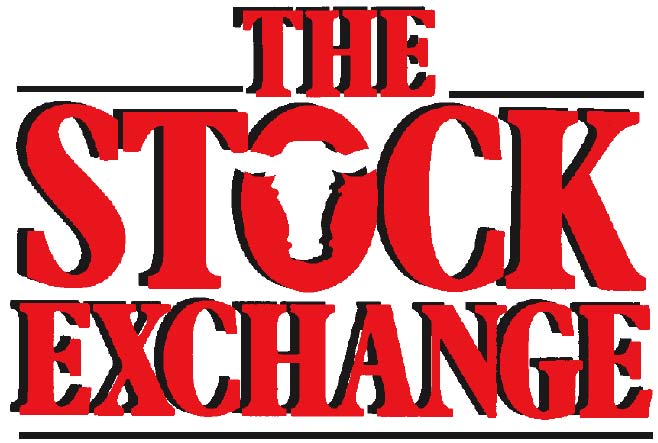Effect of Energy and Protein Supplementation on Body Condition Score and Reproduction
Steve Boyles, OSU Beef Extension Specialist Feeding a balanced diet to beef females in the last trimester of pregnancy through the breeding season is critical. Nutritional demands increase from early gestation to lactation. Reproduction has low priority among partitioning of nutrients for the subsequent pregnancy. Consequently, thin cows at calving typically remain thin because excess energy in the diet is directed to milk production first. The common theme is, at least for spring-calving…
